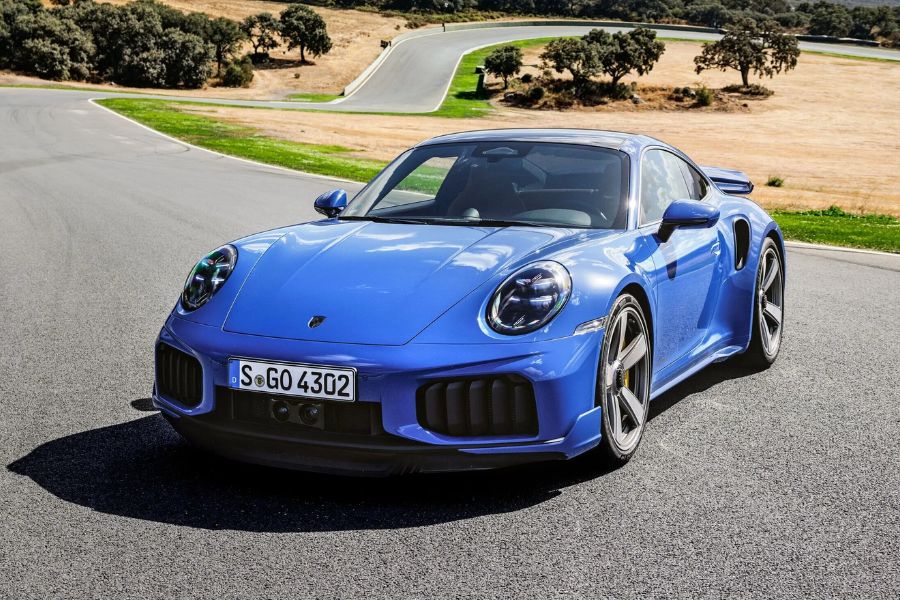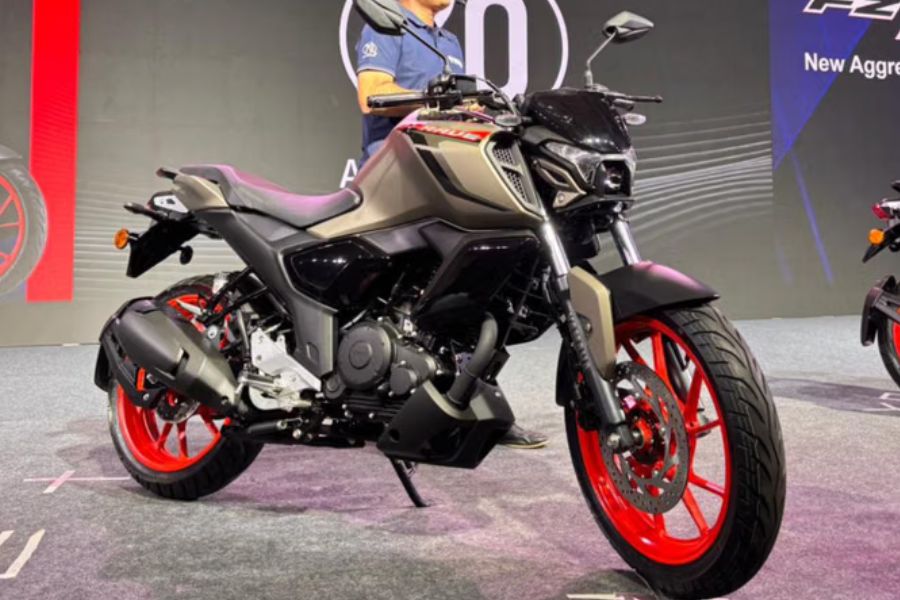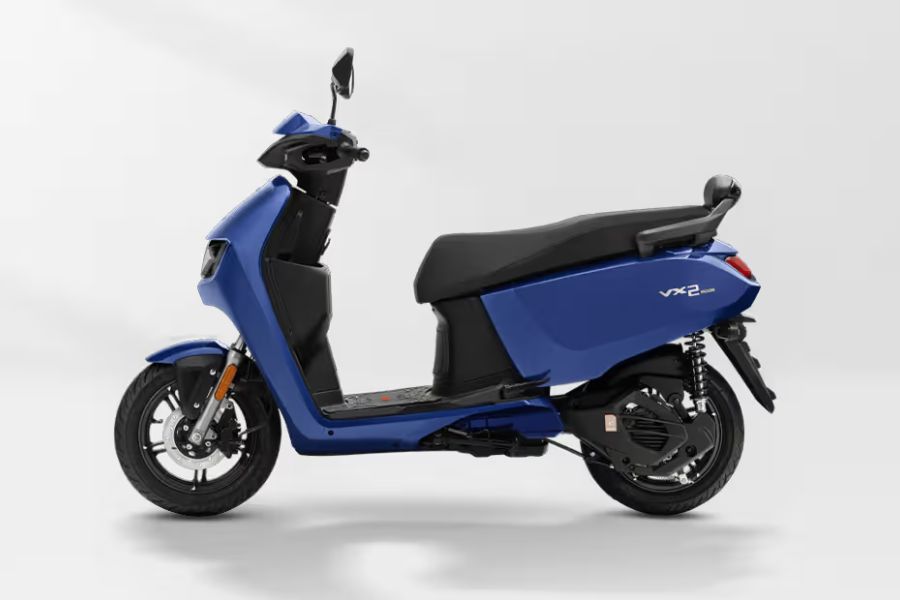First introduced in India in 2013, the Kawasaki Ninja 300 has stood the test of time with minimal changes over the years, evolving just enough to stay compliant with safety and emissions regulations. Now refreshed for 2025 with a visual update, this entry-level twin-cylinder sportbike remains in the brand’s lineup despite being discontinued globally. So, is it still worth your money in today’s market? Let’s dive in.
Why the Ninja 300 Still Makes Sense
1. That Parallel-Twin Engine
Refined, high-revving, and fun
At the heart of the Ninja 300 is a smooth 296cc parallel-twin engine that revs joyfully up to 13,000rpm. With 39hp on tap, it delivers peppy performance that’s lively without being intimidating. Unlike single-cylinder alternatives, this twin offers a smoother, more exciting experience, especially at high RPMs. But it’s not all about speed—this engine is surprisingly flexible in the city too, making it a great all-rounder.
2. Sharp Styling, Now Sharper
New face, same sportbike charm
Even after more than a decade, the Ninja 300 continues to turn heads. For 2025, it gets a visual boost with new LED projector headlamps inspired by the older ZX-6R. This tweak modernises its front end without changing the core silhouette, keeping the bike fresh in a segment that’s constantly evolving.
3. Everyday-Friendly Ergonomics
Sporty look, commuter-friendly comfort
Unlike aggressive supersports, the Ninja 300 balances performance with comfort. Its semi-committed riding position is suitable for everyday rides and weekend fun alike. With a relatively low 785mm seat height, it’s approachable for shorter riders. The 17-litre fuel tank also gives it long-distance touring potential without frequent fuel stops.
4. Twin-Cylinder Thrills at a Low Price
Affordable entry into the twin-cylinder club
Priced at around ₹3.43 lakh (ex-showroom), the Ninja 300 undercuts other twin-cylinder rivals like the Yamaha R3 and costs only slightly more than the KTM RC 390. Thanks to localised parts, Kawasaki has kept pricing competitive and significantly reduced spares and maintenance costs compared to its earlier years. It’s easily the most budget-friendly way to enjoy a twin-cylinder sportbike in India today.
Why You Might Want to Look Elsewhere
1. It’s Showing Its Age
Stuck in 2013, while others have leapt ahead
Despite the recent cosmetic updates, the Ninja 300’s core platform remains unchanged since its debut. Modern competitors offer better performance, more tech, and higher equipment levels—think TFT screens, quickshifters, and ride aids like traction control. It’s not that the Ninja 300 is bad—it’s just that the segment has moved on.
2. Yamaha R3 Offers a Strong Alternative
More modern, slightly quicker, similarly priced
The recently price-revised Yamaha R3 now sits at ₹3.6 lakh (ex-showroom) and offers a more modern package with stronger performance. While it too isn’t overflowing with features, it has seen more meaningful updates than the Ninja. If you’re looking for a more contemporary Japanese twin, the R3 might be the better pick.
Final Thoughts
The Kawasaki Ninja 300 is a legacy sportbike that still offers solid value for newer riders looking to experience a twin-cylinder machine without blowing the budget. It may lack the polish and performance of newer rivals, but for what it offers—character, smoothness, and an iconic nameplate—it still has a place in today’s market.
Read More:




